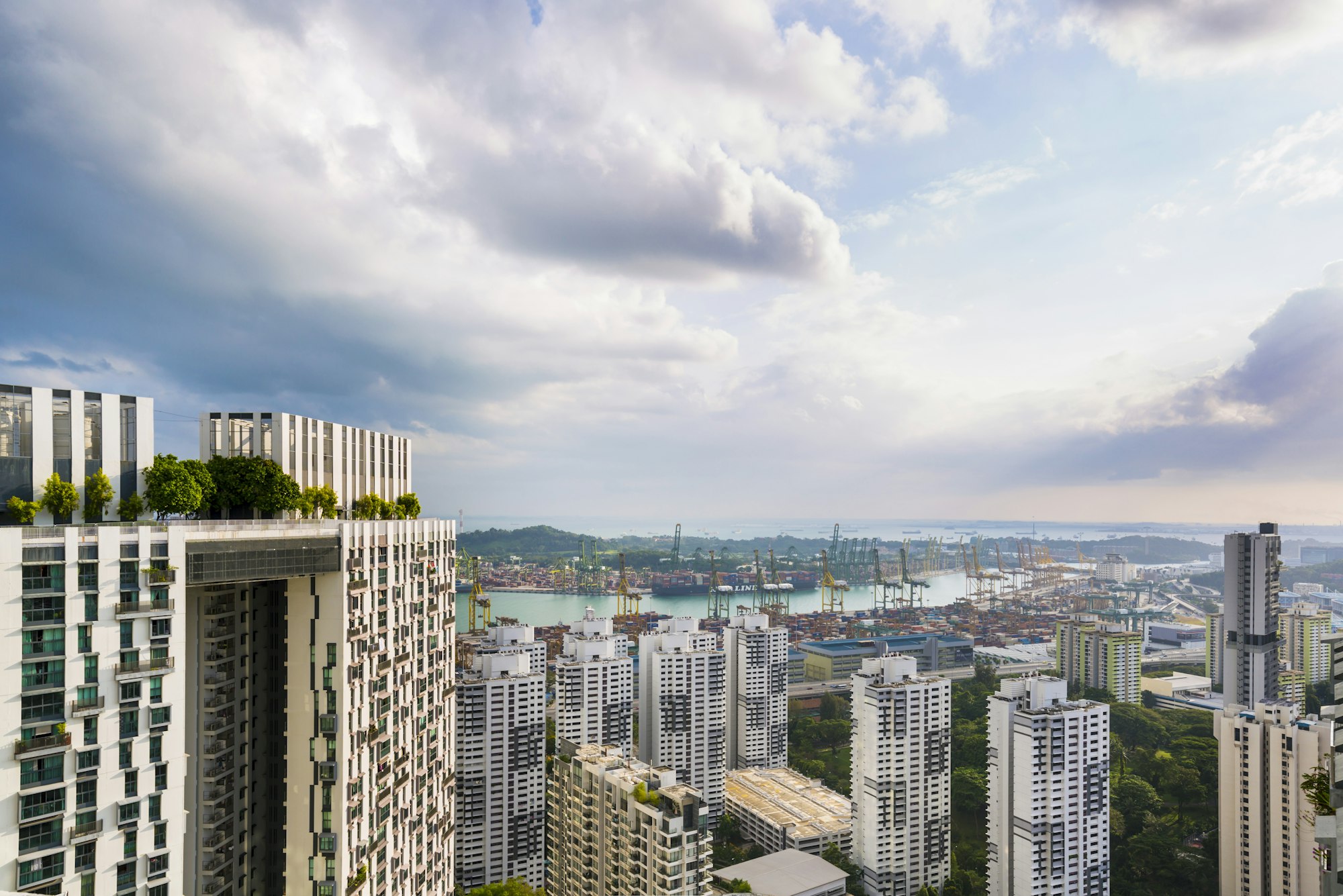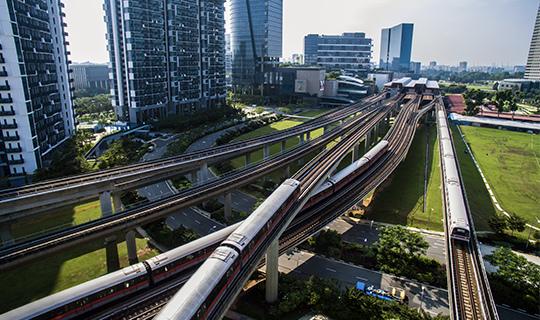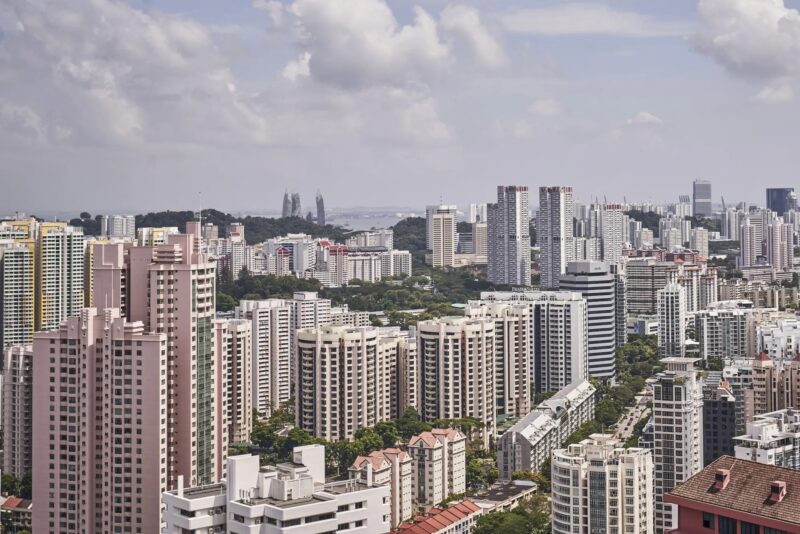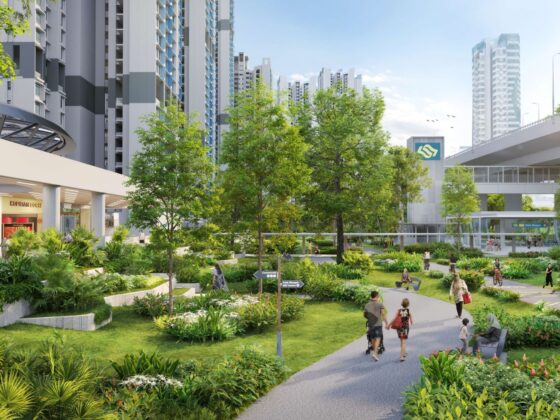Singapore’s real estate success is built on one key foundation—strategic urban planning. The nation’s ability to manage limited land efficiently while supporting economic and social growth has made it a model for smart city development. Every residential, commercial, and industrial zone is thoughtfully placed to balance accessibility, sustainability, and quality of life.
1. The Structure of Planned Growth

Thomson Modern illustrates how precise planning enhances property value and livability. Singapore’s Urban Redevelopment Authority (URA) plays a central role in determining land use, infrastructure, and community amenities. This ensures that each district supports both current needs and future expansion without overcrowding or imbalance.
The city is organized into clearly defined regions—Central, East, North, and West—each serving specific roles within the national economy. This distribution minimizes congestion and promotes even development across the island. Well-planned transport networks and mixed-use zones help integrate residential, commercial, and green spaces seamlessly.
As a result, residents benefit from proximity to workplaces, schools, and public facilities, while developers gain long-term value stability through controlled land allocation and consistent demand.
2. Transportation Networks and Real Estate Demand

Public transport plays a major role in shaping property distribution and demand. The expansion of MRT lines and expressways has transformed once-remote areas into highly desirable residential districts. Areas connected by the Thomson-East Coast Line, for example, have seen notable growth in both value and population density.
Projects like Thomson Modern demonstrate how integration with transport systems directly influences success. Buyers are willing to pay premiums for properties located near MRT stations, as accessibility remains one of the top factors driving both rental and resale performance.
This emphasis on transport-led planning aligns with Singapore’s vision of reducing car dependency and promoting sustainable mobility. As new infrastructure connects emerging districts, property opportunities continue to expand beyond the city core, creating a balanced and inclusive housing landscape.
3. Sustainable Planning and Future Growth

Singapore’s urban planning framework extends beyond economic strategy—it prioritizes sustainability and community well-being. The URA integrates green spaces, parks, and water bodies within every urban plan, ensuring that residents enjoy a healthy environment alongside modern infrastructure.
New residential developments must meet environmental standards under the Green Mark certification. This approach ensures that growth is responsible, energy-efficient, and compatible with long-term national goals. It also reinforces Singapore’s reputation as a liveable, green city where design and ecology coexist.
By maintaining strict land-use control and continuous redevelopment cycles, Singapore keeps its real estate ecosystem dynamic. Older estates are renewed, new towns are created, and infrastructure evolves to meet future population needs—all while preserving economic balance and livability.
Conclusion
Urban planning remains the backbone of Singapore’s real estate success. The careful coordination of transport, housing, and sustainability has shaped a city where growth and quality of life coexist in harmony. Every decision—from zoning to renewal—reflects long-term foresight rather than short-term gains.
Developments like Thomson Modern embody the outcomes of this vision—strategically located, well-connected, and aligned with the nation’s broader planning objectives. As Singapore continues to evolve, thoughtful urban design will remain the key to equitable and lasting real estate distribution.


